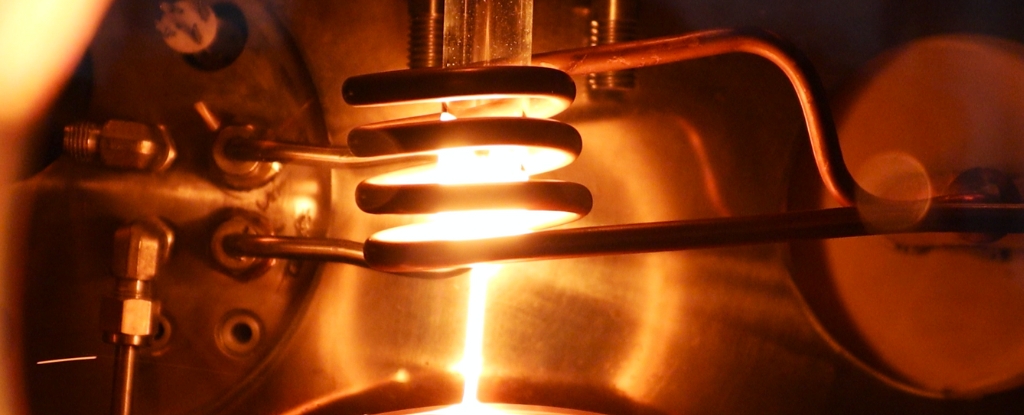We urgently wish to proceed away from fossil fuels, however electrical cars and alternative inexperienced era can put their very own pressures at the condition. That drive may well be eased with a unused magnet design, unfastened from rare-earth metals, that used to be constructed with AI in simply 3 months.
Uncommon-earth metals are crucial parts in modern day units and electrical tech – together with automobiles, wind turbines, and sun panels – however getting them out of the garden prices a accumulation relating to cash, power, and environmental have an effect on.
Consequently, era that doesn’t usefulness those metals can assistance us transition against a greener life extra briefly. Input UK corporate Fabrics Nexus, which has worn its bespoke AI platform to manufacture MagNex, an enduring magnet requiring incorrect rare-earth metals.
This isn’t the first such magnet to be advanced, however finding those fabrics in most cases calls for a accumulation of trial and blunder and will pluck many years. The usefulness of AI sped the whole thing up through roughly 200 occasions – in simply 3 months, it had designed, synthesized, and examined the unused magnet.
The AI works through analysing over 100 million compositions of conceivable rare-earth-free magnets, weighing up now not handiest the prospective efficiency but additionally provide chain safety, price to form, and environmental problems.
“AI-powered materials design will impact not only magnetics but also the entire field of materials science,” says physicist Jonathan Bean, the CEO of Fabrics Nexus.
“We have now identified a scalable method for designing new materials for all kinds of industrial needs.”
Fabrics Nexus partnered up with a staff from the Henry Royce Institute on the College of Sheffield in the United Kingdom to construct the magnet, and it’s idea that related ways may well be worn to manufacture alternative gadgets and parts unfastened of rare-earth magnets.
In line with the makers of MagNex, when put next with typical magnets, the fabric prices are 20 p.c what they’d in a different way be, and there’s additionally a 70 p.c relief in subject matter carbon emissions.
Within the electric vehicle industry unloved, the call for for rare-earth magnets is anticipated to be ten occasions the tide degree through 2030, according to Fabrics Nexus – which signifies simply how notable those extra fabrics have the prospective to be.
In addition to the use of AI to construct production processes extra environment friendly, researchers are busy looking for techniques to gather rare-earth fabrics in more sustainable ways. Breakthroughs like this must accelerate the proceed clear of fossil fuels and CO2 emissions.
The AI business has its personal demanding situations with regards to CO2 emissions, after all. On its tide trajectory, it’s predicted to eat 3.5 p.c of world electrical energy through 2030. If AI’s carbon footprint will also be controlled, it will turn out an impressive device in a inexperienced tech transition.
“This achievement showcases the bright future of materials and manufacturing,” says fabrics scientist Iain Todd, from the College of Sheffield.
“The next generation of materials, unlocked through the power of AI, is highly promising for research, industry, and our planet.”



